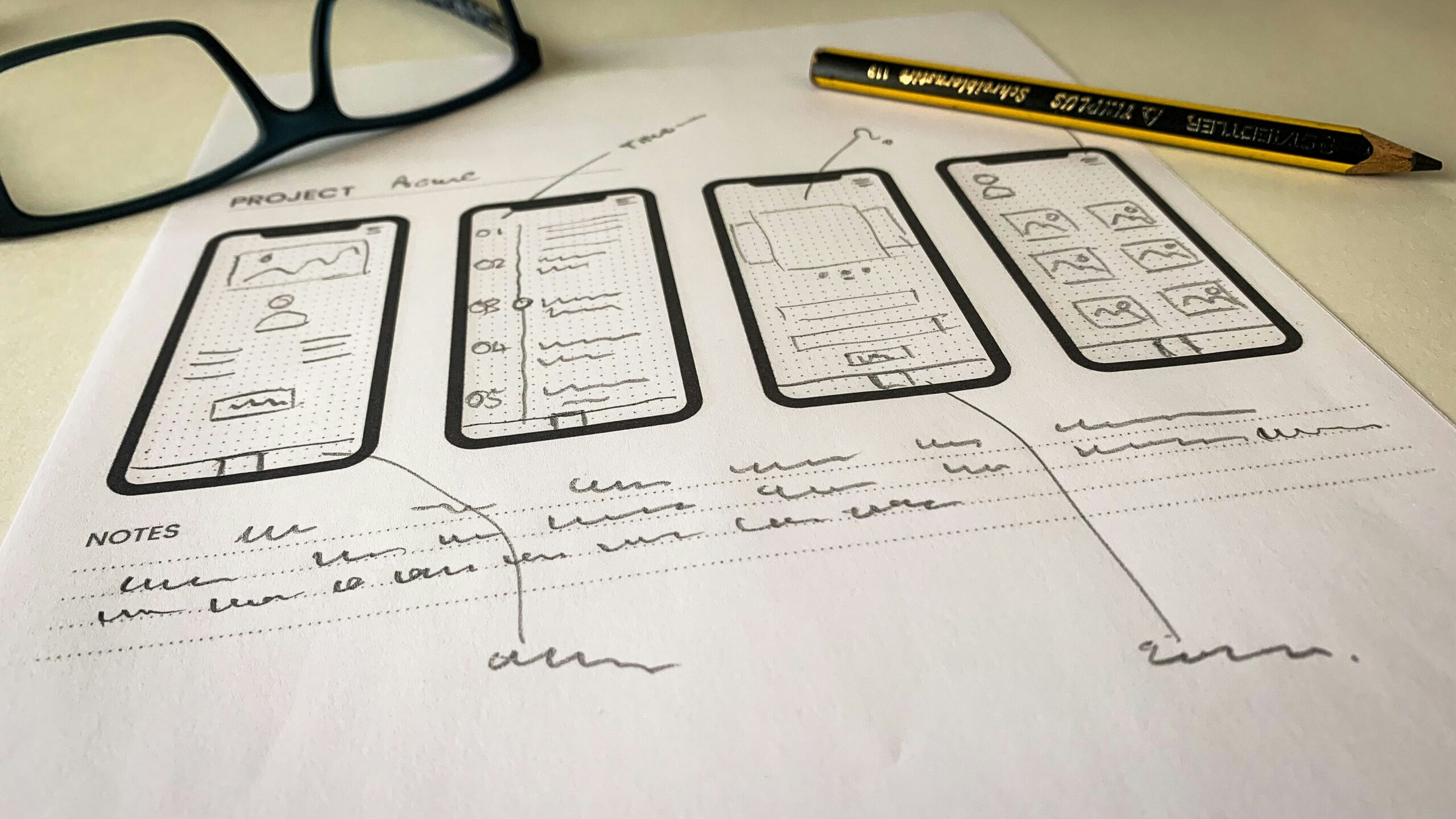In today’s hyper-connected world, smartphones are not just communication tools—they are personal companions, entertainment hubs, shopping malls, and even gateways to social validation. We trust these devices and the apps within them to serve our needs. However, beneath the surface of sleek interfaces and smooth interactions lies a sophisticated, often invisible, system designed to manipulate how we think, feel, and act. This manipulation is embedded in the very core of user experience (UX) design, turning what seems like simple convenience into a subtle form of digital gaslighting.
UX design’s primary goal is to create intuitive and enjoyable experiences. But many companies intentionally design apps and websites with psychological tactics—known as “dark patterns”—that push users toward decisions benefiting the business rather than the individual. These dark patterns range from seemingly harmless tricks to outright deceptive strategies. One common tactic is the use of fake urgency, where countdown timers or flashing banners urge users to “buy now” or “act fast,” even if no real deadline exists. This triggers a fear of missing out (FOMO), compelling users to make rushed decisions without fully considering the consequences.
Another pervasive dark pattern is “infinite scrolling,” which was popularized by social media giants like Facebook and Instagram. Infinite scroll removes natural stopping points, making it difficult for users to disengage. Instead of finite pages, content loads endlessly, encouraging prolonged screen time. This design exploits the brain’s reward system, as users keep scrolling in hope of discovering something new or interesting, ultimately increasing app engagement but also contributing to digital fatigue and reduced productivity.
Hidden opt-outs and confusing unsubscribe processes are yet another manipulation tactic. Many apps bury the option to cancel subscriptions or turn off notifications deep within menus or use misleading labels, making it frustrating or time-consuming to regain control. This “forced continuity” often results in users unknowingly paying for services they no longer want. The practice benefits companies financially but erodes user trust and satisfaction.
These design strategies go beyond mere inconvenience—they mirror the psychological manipulation tactic known as gaslighting. Traditionally, gaslighting refers to making someone question their reality or judgment. In the digital realm, apps use pop-ups and warning messages to sow doubt and guilt. For example, when attempting to cancel a service, users might encounter alerts like “Are you sure? You’re about to lose access to exclusive content!” This emotional pressure can make users second-guess their decision, often leading them to continue the subscription against their initial intent.
Moreover, app settings are often designed to be complex and overwhelming. By flooding users with jargon-heavy options or burying privacy controls under multiple layers, companies discourage users from changing default settings that favor data collection or aggressive marketing. This complexity undermines user autonomy and reduces transparency, leaving many unaware of how much personal information they share or how it is used.
The implications of these manipulative UX practices are serious. Extended screen time caused by infinite scrolling and other hooks can negatively affect mental health, increasing anxiety, stress, and even depression. Financially, users fall victim to unwanted subscriptions and impulsive purchases driven by artificial urgency. Most importantly, these dark patterns chip away at the fundamental principle of informed consent—users interact with technology under illusions rather than clear understanding.
Fortunately, there is growing awareness and pushback against manipulative UX design. Digital literacy campaigns encourage users to recognize and resist dark patterns. Tools like subscription management apps help track and cancel unwanted services. Some browsers and extensions actively block manipulative scripts and pop-ups. Beyond user action, policymakers in regions like the European Union have started considering regulations to ban deceptive UX practices and require companies to disclose design intent transparently.
In the end, your smartphone is more than just a device—it’s a carefully engineered environment crafted to keep you engaged, often at the cost of your time, money, and mental well-being. Understanding how UX design can manipulate your behavior is the first step toward reclaiming control in a digital age. As users, demanding ethical design standards and holding technology companies accountable will foster a healthier, more respectful relationship with the digital tools that shape our daily lives.











